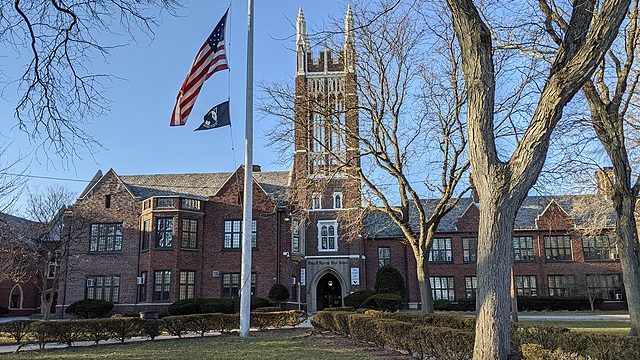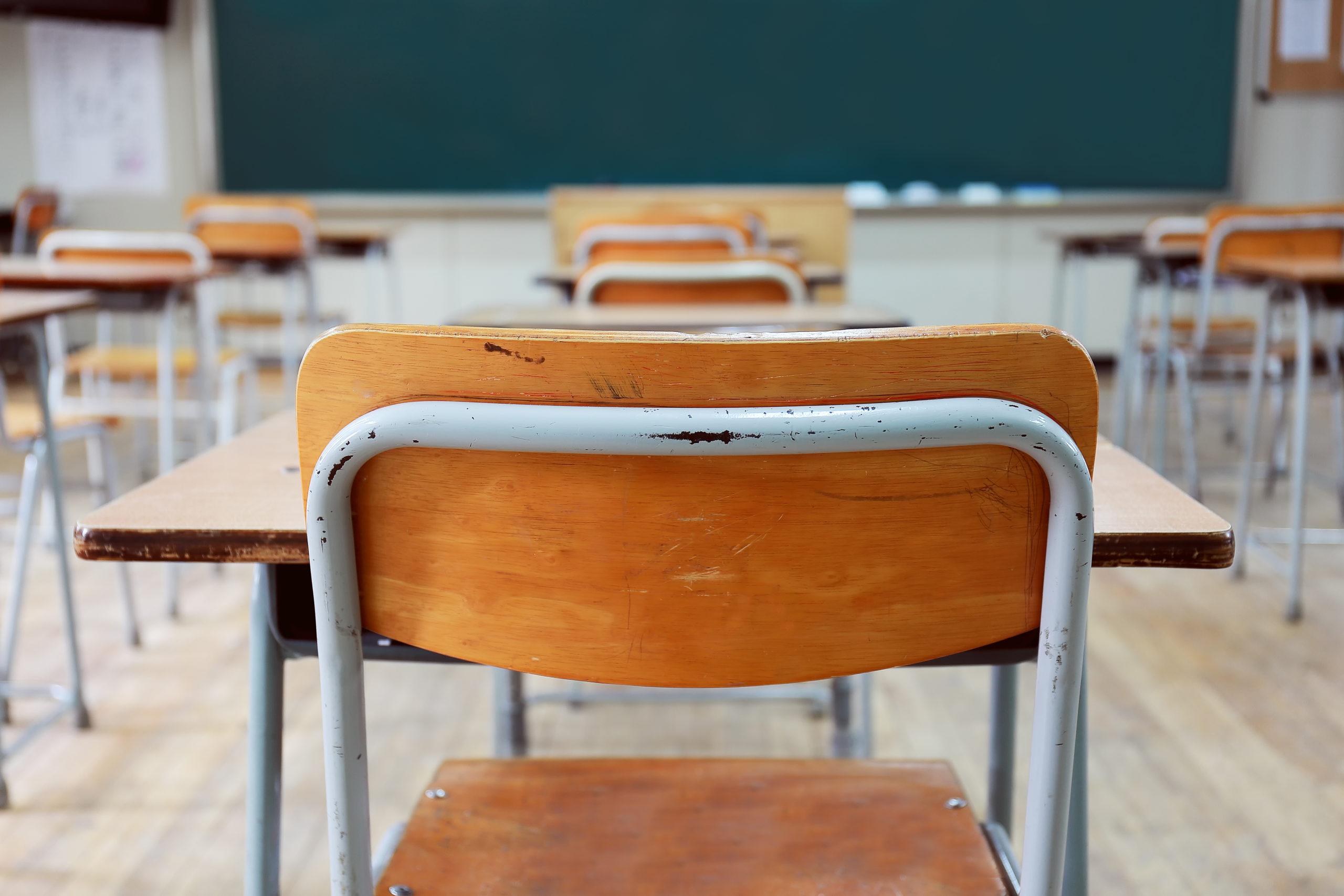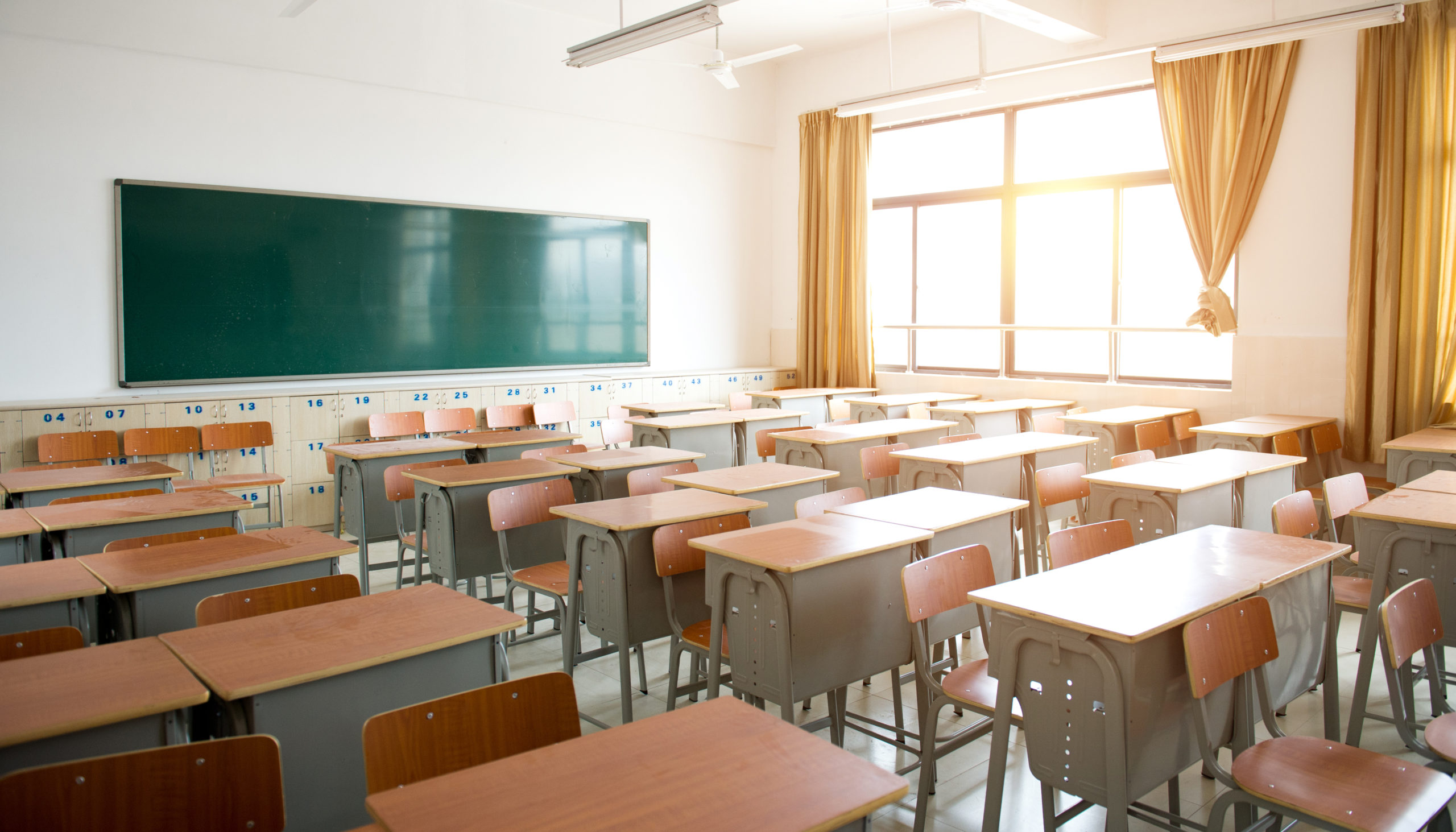
There was a time, not too long ago, when politicians in both major political parties often would run for office by promising that they would “put prayer back in the public schools.” This was the result of the near universal public outrage over two Supreme Court decisions in the early 1960s—Engel v. Vitale (1962) and Abington Township School District v. Schempp (1963) —which effectively banned public school sponsored prayer and Bible reading. Although the recurring promises of politicians to restore prayer to the public schools began to dissipate in the early 1990s, the issue has not entirely vanished from our public life, as indicated by the occasional elected official or academic who broaches the topic.
Nevertheless, there is a general sense that Engel and Schempp are settled law, that it is highly unlikely that the current Court, even with its 6-3 originalist majority, would even entertain overturning those precedents. That may very well be true as a matter of judicial politics, but that tells us nothing about the quality of the Court’s majority opinions. As I will argue, a careful look at the Court’s reasoning in the two decisions reveals not only weak arguments, but also assumptions about the nature of religion as a public good that are inconsistent with the Court’s own holdings.
Because, if there were no Engel, there would have been no Schempp, I will focus on the former’s majority opinion, authored by Justice Hugo Black. In Engel, the Court considered a non-denominational prayer drafted by the New York State Board of Regents: “Almighty God, we acknowledge our dependence upon Thee, and we beg Thy blessings upon us, our parents, our teachers and Our Country.” The Board recommended that the prayer be recited in the state’s public schools. Taking this advice to heart, the Union School District in Hyde Park initiated a policy that directed its school principals to require that the Regents’ prayer be recited out loud by every class at the commencement of each school day while a teacher is present. Led either by the teacher or a student chosen by the teacher, participation in the prayer was not compulsory. A student could choose to remain silent or be excused from the activity entirely if requested in writing by a parent or guardian. To reinforce its voluntary nature, the school district also included the following regulation, which it explained in a letter mailed to every parent and taxpayer: “Neither teachers nor any school authority shall comment on participation or non-participation . . . nor suggest or request that any posture or language be used or dress be worn or be not used or not worn.” (quoted in Justice William O. Douglas’ concurring opinion).
According to Justice Black, there was no doubt that the school district’s policy offended the Establishment Clause, since “the constitutional prohibition against laws respecting an establishment of religion must at least mean… it is no part of the business of government to compose official prayers for any group of the American people to recite as a part of a religious program carried out by the government.” Justice Black cited no prior Supreme Court precedents in support of this thesis, except for a brief reference to his own historical account of the Virginia Bill for Religious Liberty in his majority opinion in Everson v. Board of Education (1947). Nor did Justice Black cite any of the historical practices and proclamations of local, state, and federal governments and their officials that have acknowledged God as providential, benevolent, and as the source of natural rights.
Instead, Justice Black took the reader back in time to 16th century Britain and the controversies surrounding the Book of Common Prayer. He recounted how Parliament used its power to create that Book in order to provide detailed guidelines on how the established “tax-supported” Church of England should conduct its liturgies and how its members should pray. Justice Black observed that the Book’s content would be altered depending on who occupied the royal throne, which “repeatedly threatened to disrupt the peace of that country.” With the rise of the Puritans and their crusade to rid Anglicanism and the Book of any vestiges of “Popery,” things went from bad to worse. Most of the Puritans exited Britain, emigrating to America, where their new governments, according to Black, set up their own established churches, sometimes engaging in the same sort of religious coercion and persecution from which they had fled. Aware of this history, the American Founders took care to prevent the same from happening again and thus created a First Amendment that stands “as a guarantee that neither the power nor prestige of the Federal Government would be used to control, support or influence the kinds of prayer the American people can say—that the people’s religion must not be subjected to the pressures of government for change each time a new political administration is elected to office.” Because the Supreme Court, starting in 1947 (in Everson), began applying the First Amendment to state governments by incorporation through the 14th Amendment’s liberty clause, the Establishment Clause now restricts the power of states as well.
The lesson that Justice Black derived from that history was not only that the Establishment Clause now prohibits any government in the United States from establishing an official church (e.g., Massachusetts could not establish the Congregational Church, whose local ministers might be appointed by the Governor) and coercing its citizens to participate in its practices, but also that any government may not support, endorse, or influence any religious activities whatsoever. Although Justice Black is certainly correct that the original understanding of the Establishment Clause was that the government could not establish an official church nor enforce religious coercion, his second point is very difficult to defend. (I am assuming, for the sake of argument, that the incorporation of the Establishment Clause through the 14th amendment is unproblematic. In this regard, Vincent Phillip Muñoz’s work is worth considering.)
First, as Justice Potter Stewart noted in his dissent, Justice Black completely ignored “the history of the religious traditions of our people, reflected in the countless practices of the institutions and officials of our government.” Justice Stewart was referring to everything from our presidents invoking God’s protection and help through various proclamations and other statements, to the Treasury embossing “In God We Trust” on our currency. One could add hundreds of other examples including military and legislative chaplaincy, the Declaration of Independence, the Northwest Ordinance, and Abraham Lincoln’s Second Inaugural Address. None of these activities or documents, although containing religious language, involved government coercion or the establishment of an official religion as the Founders understood it.
But neither did the Union School District’s school prayer policy. One could remain silent or request to opt out, and school officials were forbidden from commenting on whether or how the students prayed. Justice Black conceded these points but argued that the Regents’ prayer nevertheless violated religious free exercise by placing “indirect coercive pressure upon religious minorities to conform to the prevailing officially approved religion….” But this assertion proves too much. After all, if we assume with Justice Black the American Founders would have counted subtle social pressure on religious minorities as violations of religious free exercise, then little of contemporary public education’s not-so-subtle social justice curricula would survive such scrutiny.
There are, for example, millions of religious parents who do not want their children indoctrinated in today’s woke catechisms that seem to influence or dominate much of public education. These parents reasonably see these mandatory lessons as not only contrary to the deliverances of their faith, but also contrary to principles of equality, fairness, impartiality, and liberal tolerance that until just recently were considered to be essential to a functioning republic. But as religious minorities, their only recourse is to remove their children from the public schools and place them in private religious schools. This would require the parents to pay tuition while at the same time being forced by the government to pay property taxes to support the public schools. This seems tantamount to a passive religious assessment, since it does exactly what James Madison said 18th century positive religious assessments did to dissenters, it “violates equality by subjecting some to peculiar burdens.” And unlike the dissenting parents in Union School District in 1961, today’s dissenting parents are afforded no legal mechanism by which they can request that their children be excused from participation without penalty or marginalization. It is not exactly clear, then, what distinguishes the state requiring that one’s religious life conform to the Anglican Book of Common Prayer (the paradigm case suggested by Justice Black) and the state requiring that the cognitive life of one’s children conform to the Woke Book of Intersectional Compliance.
Second, Justice Black contended that the Establishment Clause’s “first and most immediate purpose rested on the belief that a union of government and religion tends to destroy government and to degrade religion.” If what he means by “union of government and religion” is an established church, and that the Establishment Clause was adopted to prohibit such a thing, then there is no doubt he is correct. On the other hand, Justice Black is implying that the Clause has, paradoxically, a religious purpose: to prevent the degradation of religion. But that would mean that First Amendment implies that religion is a public good, something that the government has an interest in protecting, just as it does in relation to speech, association, due process, or the franchise. Justice Black also opined: “religion is too personal, too sacred, too holy, to permit its `unhallowed perversion’ by a civil magistrate.” Again, if Justice Black is referring to an established church, as the Founders understood it, he is correct. Yet Justice Black also asserts that the civil magistrate should recognize religion as sacred and holy. This too seems to affirm the idea that religion is a public good that, at a minimum, the state should not marginalize.
If so, then what possibly could be the constitutional grounds for forbidding voluntary communal prayer in public schools initiated by public officials? We are, after all, social animals who live in community. In that case, could not one read Justice Black’s opinion as directing the government to turn religion into an “unhallowed perversion” by requiring that the civil magistrates intentionally place religion’s voluntary communal expression outside the margins of compulsory public education? As Justice Stewart stated in his dissent in Engel: “I think that to deny the wish of these school children to join in reciting this prayer is to deny them the opportunity of sharing in the spiritual heritage of our Nation.”
Moreover, the two Founders on which Justice Black relied to ground his understanding of the Establishment Clause, James Madison and Thomas Jefferson, appealed to one’s duty to God as a bulwark against religious establishment. Madison, quoting Jefferson, writes: “Because we hold it for a fundamental and undeniable truth, `that Religion or the duty which we owe to our Creator and the manner of discharging it, can be directed only by reason and conviction, not by force or violence[,]’ [t]he Religion then of every man must be left to the conviction and conscience of every man; and it is the right of every man to exercise it as these may dictate.” Thus, if a person’s conscience dictates that he should discharge his duty to God with others engaged in a shared purpose, and the state accommodates him and his family with a school prayer policy like the one assessed in Engel, then as long as there is no “force or violence” involved, and everyone is free to abstain from the exercise if they so choose, it would seem that such a policy does not run afoul of the original understanding of the Establishment Clause.
In his Schempp dissent, Justice Stewart viewed all this very clearly. Responding to the majority’s claim that the barring of school initiated voluntary prayer and Bible reading strikes a blow for state neutrality on religion, he argued that the bar establishes just the opposite. It affirms a scheme of compulsory education that requires students to spend a good part of their day in a structured environment in which community-led voluntary religious activity is deemed impermissible. This, Justice Stewart observed places religion “at an artificial and state-created disadvantage.”
There are, of course, good reasons why a school district may not institute a voluntary prayer policy like the one in Engel. It may conclude that, on balance, given the religious and philosophical diversity of the community, such a policy may create more “heat than light.” Even religious parents—ordinarily disposed to support voluntary school prayer—may hesitate to advance such a policy because the district’s administration and teachers are personally hostile to religious faith. These parents may rightly think that they would rather have no prayer than a prayer poorly or disrespectfully executed. But these considerations are part of what contribute to the deliberations of democratic institutions, and are not matters that the First Amendment, as originally understood, even addresses. For this reason, a Supreme Court that overturns Engel, Schempp, and their legacy may help to restore and reinvigorate the type of local governance over public education that inspires greater citizen participation and allows for more voices to be heard. And who knows, it may remind us of what virtually everyone, including Justice Black and the American Founders, thought they had good reason to believe, namely, that religion is a public good.





